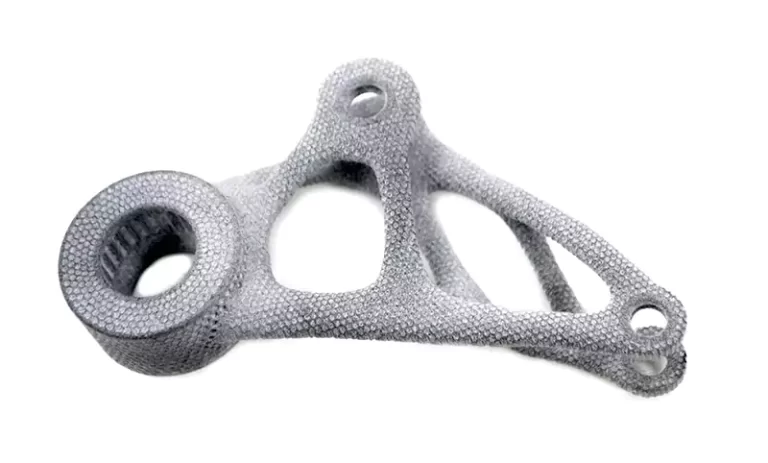Rapid Plastic Prototypes: An Overview of Manufacturing Technologies and Materials

Table of Contents Manufacturing Technologies for Plastic Prototypes Plastic Injection Molding Pros of plastic injection molding Cons of plastic injection molding 3D Printing Fused Deposition Modeling Stereolithography Appearance Pros of 3D printing Cons of 3D printing CNC Plastic prototypes Functional…